Piston Slap: Design Weak: Big Ass Wheels
Mike writes:
Sajeev, what ever happened to 14-inch wheels? I mean, seriously, does the Caliber really need to be shod with 17-inchers? Why does my dad’s new half-ton pickup have 17-inch wheels? His old one had what used to be the industry standard 235-75R15. He about had a coronary when he found out new tires would be over $100 each. Perhaps if I put on my tinfoil hat, I’d say the tire companies are behind this. So really, does the average family sedan or minivan really need anything bigger that a 15-inch wheel/tire?
Sajeev replies:
Of course the Caliber doesn’t need 17-inch wheels: they can’t possibly fix Chrysler’s rolling abomination. But let’s think about why every modern car has big wheels.
Speaking from an Engineering Standpoint: wheels over 15-inches provide space for bigger brake rotors (and calipers) and a shorter profile tire in the same tire diameter. The benefits are better braking in extreme conditions, like mountain roads or any form of towing. Shorter profile tires provide more road feel and tread grip, completely changing a car’s “turn in” during the act of corner carving. In theory: most cars lose these benefits above 18” wheels, as more unsprung weight and rubber band tires make things worse.
Furthermore, modern cars/trucks are heavy, straddled with more gizmos, bigger (and taller) cabins and more rigid bodies. When you add more weight, you need more stopping power.
Speaking from a Design Standpoint: styling is a major factor in the mass-acceptance of larger wheels. By the 1980s, both the downsized American icons and Japanese entrants required a certain passenger volume without resorting to the bulk and shocking overhangs (front and rear) of previous decades. Which required a taller DLO (Day Light Opening) for more trunk space—among other things—and created a taller car in the process. And, in general, taller cars naturally look better with “taller” wheels filling out their wells.
And big wheels were here to stay when Ford sold Explorer SUVs like buttered popcorn, making everyone ride tall in the saddle. Hence the need for taller profile wheels and bigger brakes merging with America’s insatiable need for sleek sheetmetal since the 1950s.
Maybe 15” wheels can make a comeback, but vehicles need to ditch their platform shoes and go on a serious diet. I’m not holding my breath.
[Send your queries to mehta@ttac.com]
More by Robert Farago
Latest Car Reviews
Read moreLatest Product Reviews
Read moreRecent Comments
- Bkojote Headlight warnings need to be a thing, particularly in the era of backlit gauges and bright DRLs. Way too many people don't know how to operate a light switch on their Nissan Rogues.
- Jalop1991 going back to truth in advertising, they should just call it the Honda Recall.
- Plaincraig A way to tell drivers to move over for emergency vehicles. Extra points if it tells were it is coming from and which way you should move to get out of the way.
- EBFlex Ridiculous. “Insatiable demand for these golf carts yet the government needs to waste tax money to support them. What a boondoggle
- EBFlex Very effective headlights. Some tech is fine. Seatbelts, laminated glass, etc. But all this crap like traction control, back up cameras, etc are ridiculous. Tech that masks someone’s poor driving skills is tech that should NOT be mandated.
















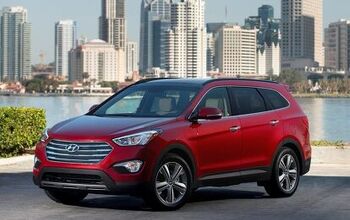
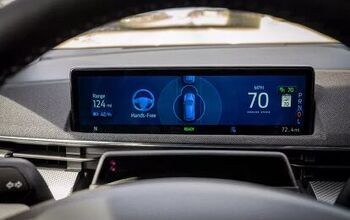
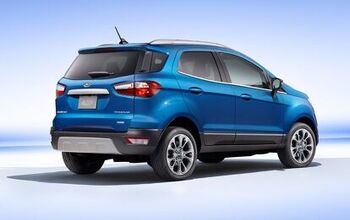

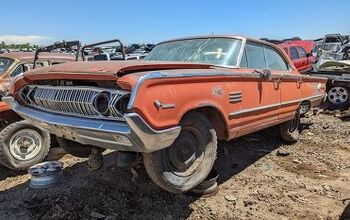
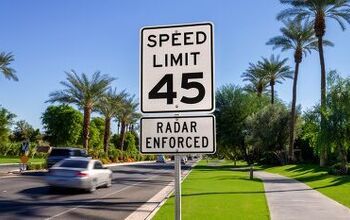
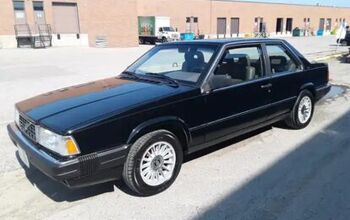
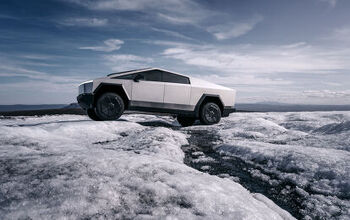
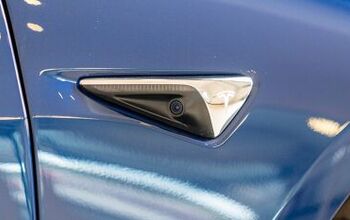

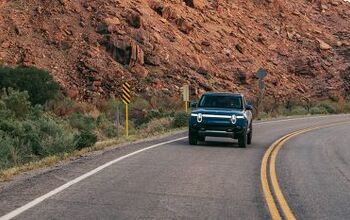

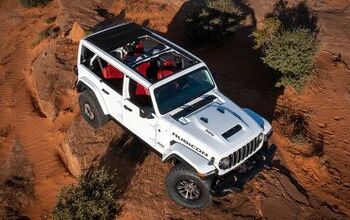
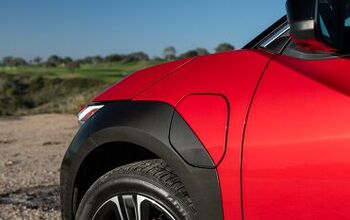
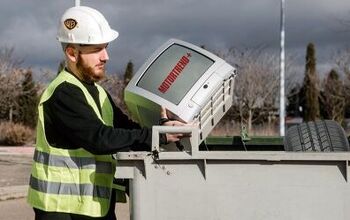
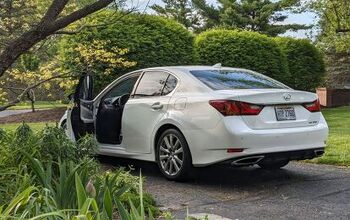
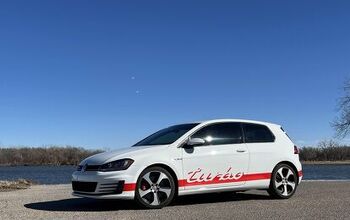
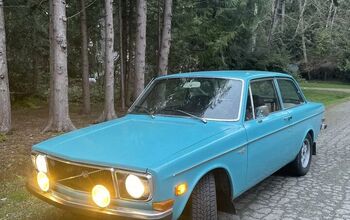
Comments
Join the conversation
I don't have any big problem with people putting large wheels on their own cars, doesn't affect me. BUT, when manufacturers create new models that are designed to wear big wheels, they look bad when wearing normal-sized tires, and it makes me cringe. Case in point, I have an 09 Mustang with 17" tires on it. The wheel wells were made large enough to accommodate not only the stock 19" wheels they offer, but the stock 19" with snow chains on them. So, with my little seventeen inch stockers in there, the wheel gap is tremendous. And sure, I could lower the car to work around it, but I'm not going to sacrifice my car's handling characteristics for looks. So I kind of look chumpish. Oh well.
Explorers didn't gain wheels bigger than 16" until 2007. I always marvelled that my '96 Galant with 15" and 195/55 tires looked perfectly proportional, while the base G6s I was driving at work with 17" plastic-fascia (or whatever GM called them) steelies with covers looked terribly under-wheeled. I now drive a car with 14" alloys ('95 Infiniti G20) and it looks perfectly fine, too. It has four-wheel disc brakes with ABS, so I don't buy into that argument. I think it's purely style, with maybe a little revenue generation push from tire makers. Funny related aside - has anyone driven a current Chevy Impala LTZ or SS with 18" wheels? The old W-Body can't handle them, but GM jammed them on, anyway. Every single one I've ever driven, when taken around a turn with a bump in the middle, rubs the inner fender. I don't see how this is safe. I was shocked at the under-developed feel of that happening at first, and have since become acclimated to it. Every single ones does it - even brand new ones with perfect alignment and less than a thousand miles on the odo.